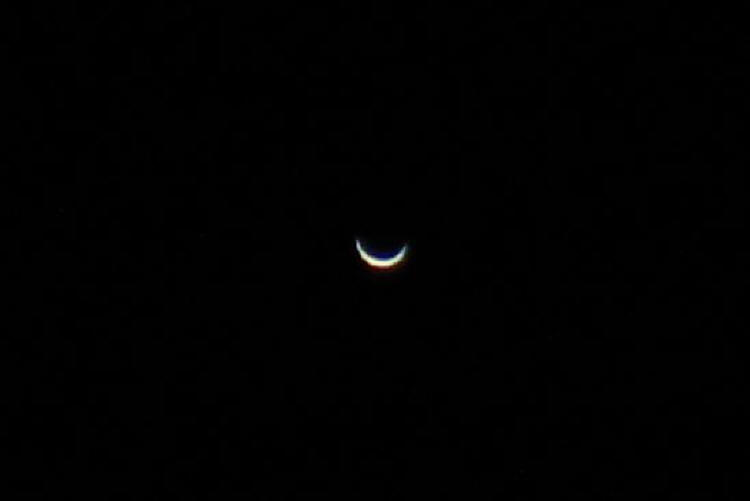 |
President: Vice President: Secretary: Treasurer: |
Roger Cowley Jim Fusco Bernie Kosher Wade Evans |
 |
West Jersey Astronomical Society www.wasociety.us
Welcome to the Official Home Page of the West Jersey Astronomical Society (formerly known as the Willingboro Astronomical Society). Our club is in its 50th year of serving both the public and the amateur astronomers of the Delaware Valley. We have a long history of public education, star parties, interesting meetings, in-depth training and experienced leadership. We are a 501(c)(3) tax-exempt organization. Click here for membership information (dues can now be paid through PayPal).
Announcements Last Update: Sunday, March 26, 2017
| Mar 27 | New Moon at 10:57 pm EDT in Cetus. This is also the time in March for the Messier Marathon. |
| Apr 7 | Formal Meeting, 7:30 pm at the Virtua Health and Wellness Center in Moorestown, NJ. As always, guests are welcome and no astronomical experience is necessary. Use the Main Entrance and check with the security guard who will direct you to the conference room. |
| Apr 8 | NEAF, the Northeast Astronomy Forum in Suffern, NY, begins. Continues on April 9. |
| Apr 11 | Full Moon at 2:08 am EDT in Virgo (near Jupiter and Spica). |
| Apr 21 | Informal Meeting, 7:30 pm at the Virtua Health and Wellness Center in Moorestown, NJ. This will be "Show and Tell Night" in case you have any astronomical goodies from NEAF (or even if they're not from NEAF). |
| Apr 22 | Public Star Watch at Batsto. Check back on the day of the event for the weather call. |
Photo Spotlight Image posted 3.18.2017

The planet Venus was less than two weeks from inferior conjunction (March 25, 2017, at 6:17 am EDT) when this picture of the 6.3% illuminated crescent was captured by Joe Stieber at 7:45 pm EDT on March 12, 2017, from Maple Shade, NJ. Taken with a Canon 7D Mk II digital SLR camera and a Canon 400 mm f/5.6L telephoto lens (on a fixed tripod), plus a 1.4x Kenko teleconvertor, for an effective focal length of 560 mm, then cropped to a little less than 20% of the original dimension yielding a field about 0.36° wide x 0.27° high. This single frame was exposed 1/8000 second at f/8, ISO 1600 (about one-third stop less than the "sunny sixteen rule" for earthbound subjects). In the days near inferior conjunction, Venus will have an ecliptic latitude of more than +8°, so if the weather cooperates and you have a site with low horizons, it should be visible after sunset then before sunrise the following morning (optical aid may help to spot it). During the day of inferior conjunction, it should also be visible in the daytime (probably requiring optical aid). Be certain to block the sun behind a structure if you look! Even with ordinary binoculars, a slim crescent should be visible.
Click here for the previous home page image.
Note: Club President, Roger Cowley, has published a new book, Gauging the Solar System: Measuring Astronomical Values for Yourself. Have fun and do more than just snap pictures of the sky! Available at Amazon too.
Click to contact the . Members are encouraged to submit their astronomical images to the webmaster for inclusion on the WAS Home Page. Be sure to include a description, date and time, as well as equipment and photo data.